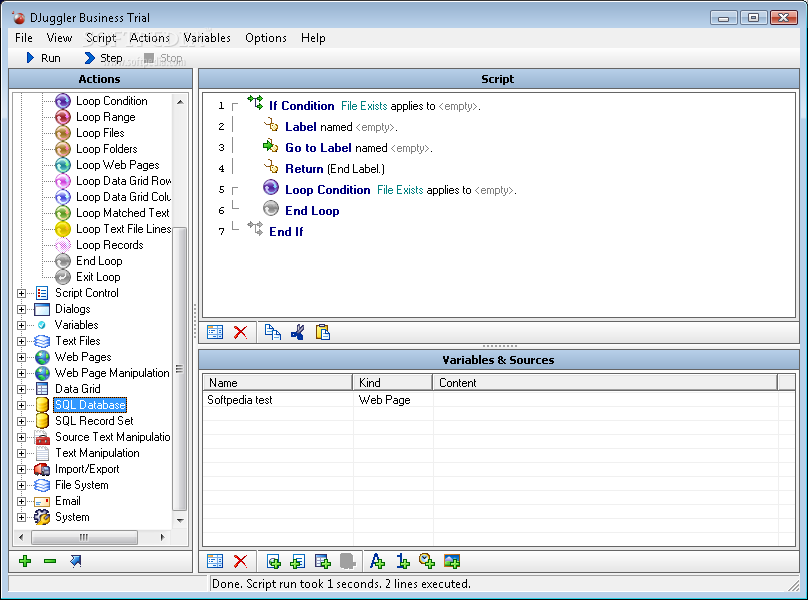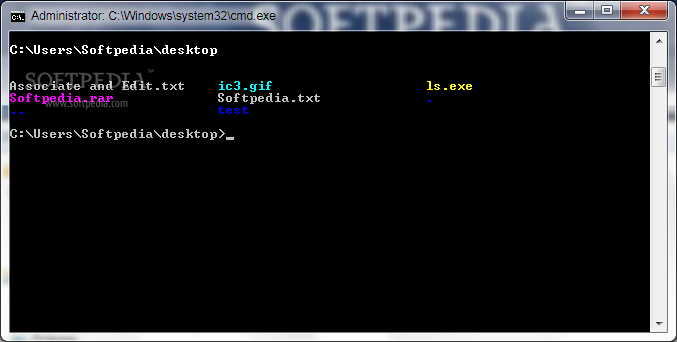
Djuggler Business is a complex and powerful software which will be a great help when creating scripts or applications.Data can come from anywhere in the current business environment. The success of a business not only depends on carefully keeping your own data, but also the ability to integrate your business process with data coming from elsewhere. Businesses are starting to use this concept of leveraging outside data to get closer to their customers, have a better pulse on their business and monitor and understand external threats and opportunities. An car insurance company might want to assess second hand car prices by car make and year of production, in order to establish their allowances. They scan online market places to obtain recent price info, and then further process the data to get second hand prices per car age category. This data is integrated with their core business data. From there the data is used to hand out allowance sums.This data from might be coming to you in the form of web pages, databases, files or else. This data often comes in changing formats from changing sources. This means in terms of IT development that you are pressed for time. The world changes to often, too soon.A solution to cope with this problem is to mash-up. Instead of trying to change your back-end IT infrastructure to keep up with developments, you use a light-weight tool to adapt diverse sources and formats to your back-end.Djuggler offers an intuitive plain-English scripting environment specially suited to tackle this problem. Instead of writing code, you create a script. Djuggler much simplifies web data parsing and transformation, text file parsing and creation, file management capabilities, Excel integration, and much more. If your data needs change, you simply have a script to adapt instead of a back-end system to change. Djuggler makes short work of (real-time) integration of structured, unstructured and web sources. It has a host of functions to easily collect data, adapt the data you find into the composition and format you need, and integrate it into your business systems. These sources include structured information in applications, databases, XML and Excel spreadsheets, unstructured content such as documents, static HTML and email and semi-structured information from websites that hide structured data behind a web interface like a web product catalog. Create sophisticated scripts for automating repetitive Web and data tasks.

